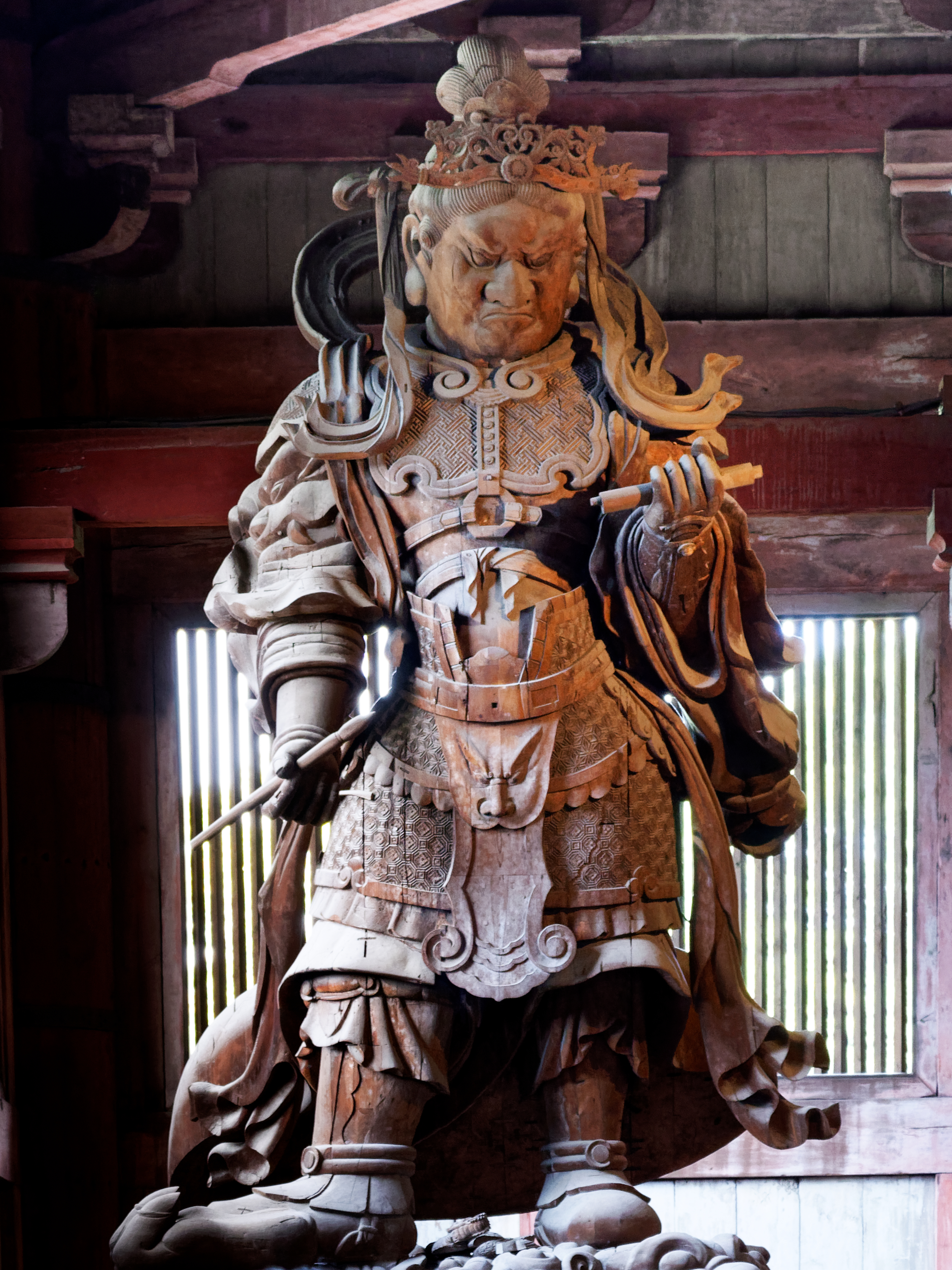The Giant Buddha and its History

As I entered the great gate to Todai-ji temple, my sensors were straining to comprehend the scale of the world's largest wooden structure. The Daibutsuden Hall houses the largest bronze statue of Buddha in Japan, measuring 15 meters in height and weighing over 500 tons. The statue was cast in 749 AD and has survived fires, earthquakes, and wars. The history of the temple and its cultural significance is as captivating as the statue itself. Todai-ji was founded in 728 AD by Emperor Shomu, and the hall was completed in 751 AD after several attempts. The construction employed more than 2 million workers and over 16,000 craftsmen used 14,700 cubic meters of wood. The temple was considered one of the Seven Great Temples of Nara, which was the capital city at that time. It is a UNESCO World Heritage Site since 1998.


